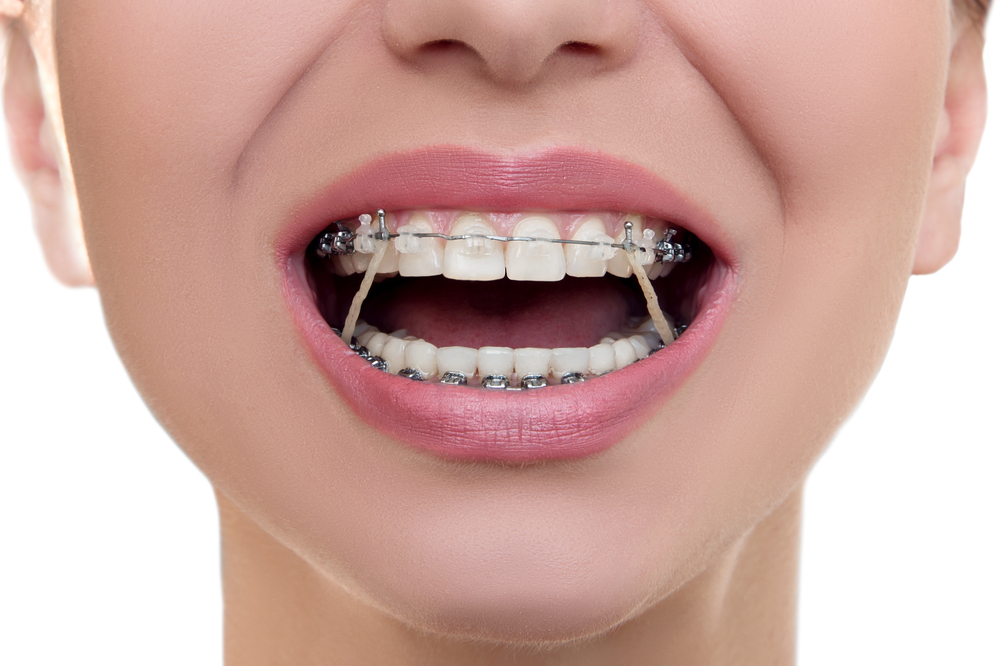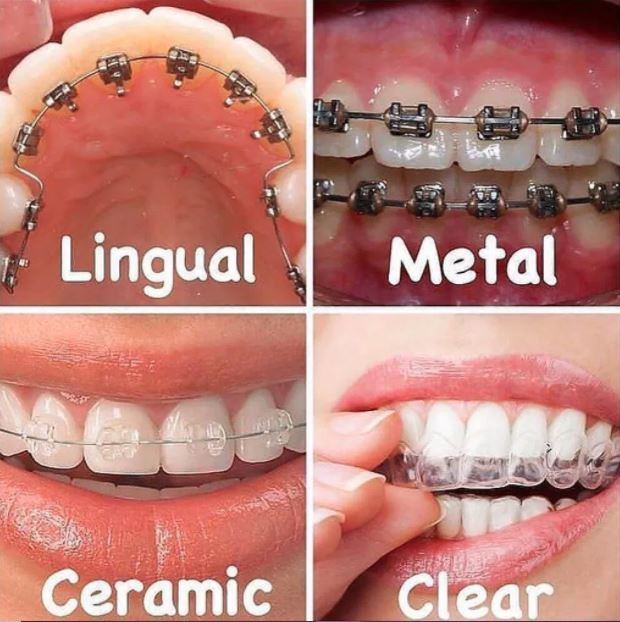Comprehensive Overview to Orthodontics Procedures for Dealing With Dental Imbalances
In the realm of orthodontics, the journey to attaining a completely straightened smile includes a myriad of treatments tailored to fix oral misalignments. From typical braces to unseen aligners and even surgical alternatives, the field of orthodontics uses a series of options to resolve varying degrees of oral irregularities. Comprehending the details of each procedure, including their mechanisms, advantages, and possible disadvantages, is critical in making informed decisions regarding one's orthodontic therapy. As we browse through the detailed overview to orthodontic treatments for remedying dental imbalances, the elaborate information of each method will unfold, clarifying the course towards a unified and useful dental alignment.
Orthodontic Procedures Summary

Regular modifications and surveillance are important parts of orthodontic therapy to guarantee development is on track and to make any kind of necessary adjustments along the means. By undertaking orthodontic procedures, clients can not just attain a straighter smile but likewise enhance their total oral health and function.
Standard Dental Braces: Just How They Work
When taking into consideration orthodontic therapies for dental misalignments, traditional dental braces attract attention as a reliable approach for fixing teeth positioning. Typical dental braces include brackets, cords, and bands that interact to use continual stress on the teeth, progressively moving them into the wanted positioning. The brackets are affixed to the teeth utilizing an unique adhesive, and the cables are threaded via the brackets. By readjusting the tension of the wires, orthodontists can regulate the instructions and pressure applied to each tooth, directing them into correct placement with time.
As pressure is used to the teeth via the dental braces, the bone surrounding the teeth is improved to sustain the new tooth settings. People will require normal adjustments at the orthodontist's office to make sure the dental braces continue to apply the proper pressure for efficient teeth activity.
Unnoticeable Aligners: Advantages And Disadvantages
These clear, tailor-made trays are essentially undetectable when put on, making them an appealing choice for people seeking a more cosmetically pleasing orthodontic therapy. People can get rid of the aligners before eating or cleaning their teeth, minimizing the risk of food obtaining stuck in the device and simplifying the cleaning procedure.

Surgical Orthodontic Options
Surgical treatments in orthodontics present feasible alternatives for addressing complex oral imbalances that might not be successfully resolved through conventional orthodontic treatments. While typical braces and undetectable aligners can fix many go to this web-site orthodontic problems, particular instances call for medical treatment to attain optimum outcomes. Surgical orthodontic alternatives are generally recommended for extreme malocclusions, considerable jaw inconsistencies, and situations where the underlying bone structure needs modification to accomplish appropriate positioning.
One typical surgical orthodontic procedure is orthognathic surgery, which involves rearranging the jaws to deal with useful problems such as trouble eating or talking. This surgery is often performed in cooperation with an orthodontist that helps line up the teeth before and after the treatment. Surgical orthodontics might also involve treatments to subject influenced teeth, remove excess periodontal tissue, or reshape the jawbone to develop a much more harmonious face profile.
Before taking into consideration surgical orthodontic options, people go through an extensive evaluation to establish the requirement and potential advantages of such interventions. cumming orthodontics. While surgical treatment may appear overwhelming, it can substantially improve both the feature and looks of the smile in cases where standard orthodontic treatments drop short
Retainers and Post-Treatment Care

Post-treatment care entails following the orthodontist's directions diligently. This may consist of proper dental health techniques, odontology and dentistry going to follow-up consultations, and wearing the retainers as recommended. Failing to adhere to post-treatment treatment guidelines can result in regression, where the teeth gradually relocate back towards their initial placements. Consistent retainer wear, great dental health, and regular dental examinations are essential for preserving the results attained via orthodontic surgery and making sure the lasting security of the corrected dental alignment.
Conclusion
In final thought, orthodontic procedures offer numerous choices for fixing oral imbalances. Surgical orthodontic alternatives are offered for much more extreme imbalances. In general, orthodontic treatments can successfully improve oral health and aesthetic look.
As we navigate with the extensive overview to orthodontic procedures for dealing with dental imbalances, the elaborate details of each approach will unravel, shedding light on the course toward a functional and unified oral positioning. - cumming orthodontist
One of the most typical orthodontic therapies is the use of dental braces, which consist of metal brackets and cables that use gentle pressure to progressively shift teeth right into the desired setting.When considering orthodontic therapies for oral imbalances, traditional dental braces stand out as a reliable approach for fixing teeth positioning. In addition, undetectable aligners might not be you can find out more suitable for complex orthodontic issues that need even more significant teeth activity, as they are commonly recommended for moderate to modest cases. Retainers are tailor-made orthodontic devices created to hold teeth in their dealt with positions after the completion of orthodontic treatment.